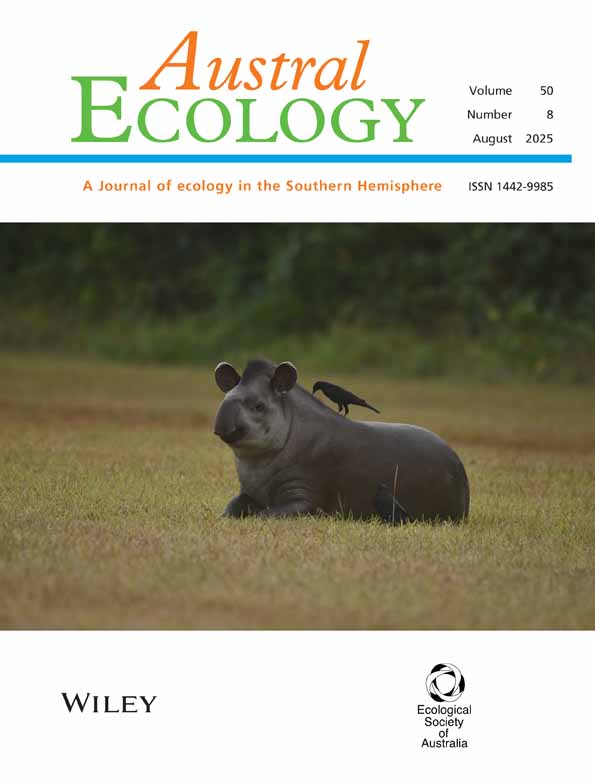Movement of the Southern Australian abalone Haliotis laevigata in relation to crevice abundance
Abstract
The long-term movement of the abalone Haliotis laevigata was measured at three sites in Waterloo Bay, South Australia, characterized by differing amounts of available crevice space. Movement was negligible at a site where crevices were abundant, but extensive at a site without crevice space. At a site of limited available crevice space, the amount of movement increased as available crevice space decreased. In addition, the extent of movement was size dependent and movement was oriented in the direction of the approaching swell.
Current experimental designs for measuring natural mortality of abalone depend heavily on assumptions about their movement. An understanding of this behaviour is thus a prerequisite for designing experiments to measure the mortality rates of abalone or other sedentary animals.
The natural mortality rate at one site was estimated to be 0.59 (s.e.m. = 0.02, i.e. survival = 56% per year) and the disappearance rate (natural mortality and emigration) was independent of sex.




